Name Charles Lee | Role Commissioned officer | |
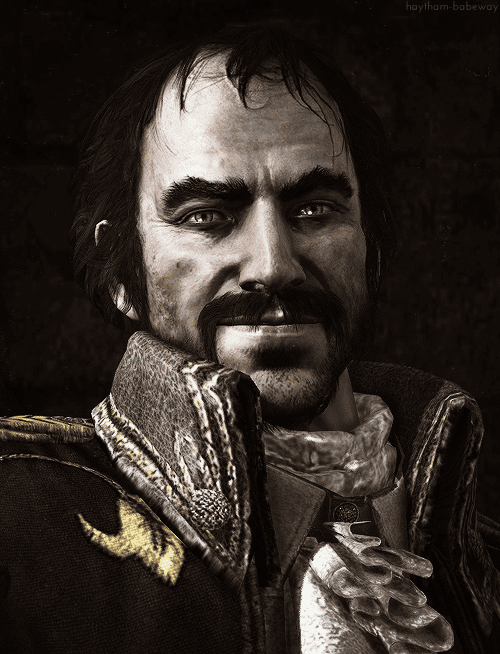 | ||
Parents John Lee, Isabella Bunbury Lee Unit 44th (East Essex) Regiment of Foot, 103rd Regiment of Foot (Royal Bombay Fusiliers) Books Cowboys and Dragons, Memoirs of the life of the late C, The Life and Memoirs, Time Traveler's Secret Mi, The Tao and the Engram Similar People Henry Clinton, Thomas Hickey, William Howe - 5th Viscount, Charles Cornwallis - 1st Marqu, George Washington | ||
Charles lee general
Charles Lee (6 February 1732 [O.S. 26 January 1731] – 2 October 1782) served as a general of the Continental Army during the American War of Independence. He also served earlier in the British Army during the Seven Years War. He sold his commission after the Seven Years War and served for a time in the Polish army of King Stanislaus II.
Contents
- Charles lee general
- Renegade revolutionary the life of general charles lee
- Early life
- North America
- Portugal
- Poland
- Continental Army
- Southern command
- New York
- Capture
- Battle of Monmouth
- Later life
- Legacy
- Popular culture
- References
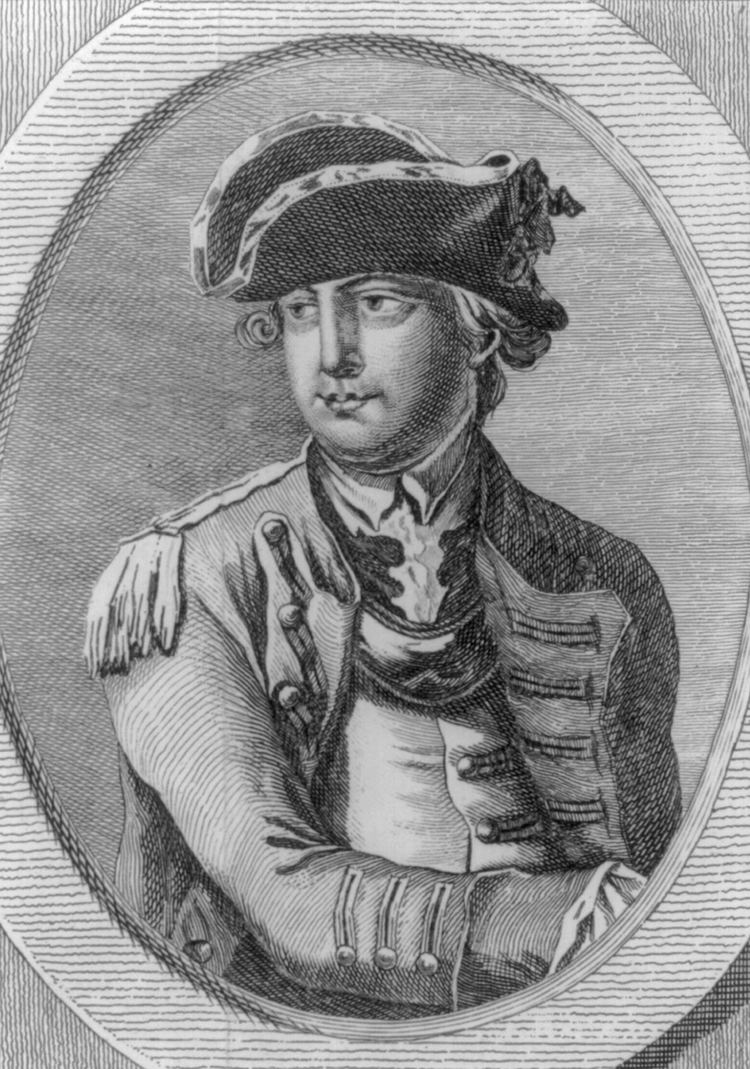
Lee moved to North America in 1773 and bought an estate in Virginia. When the fighting broke out in the American War of Independence in 1775, he volunteered to serve with rebel forces. Lee's ambitions to become Commander in Chief of the Continental Army were thwarted by the appointment of George Washington to that post.
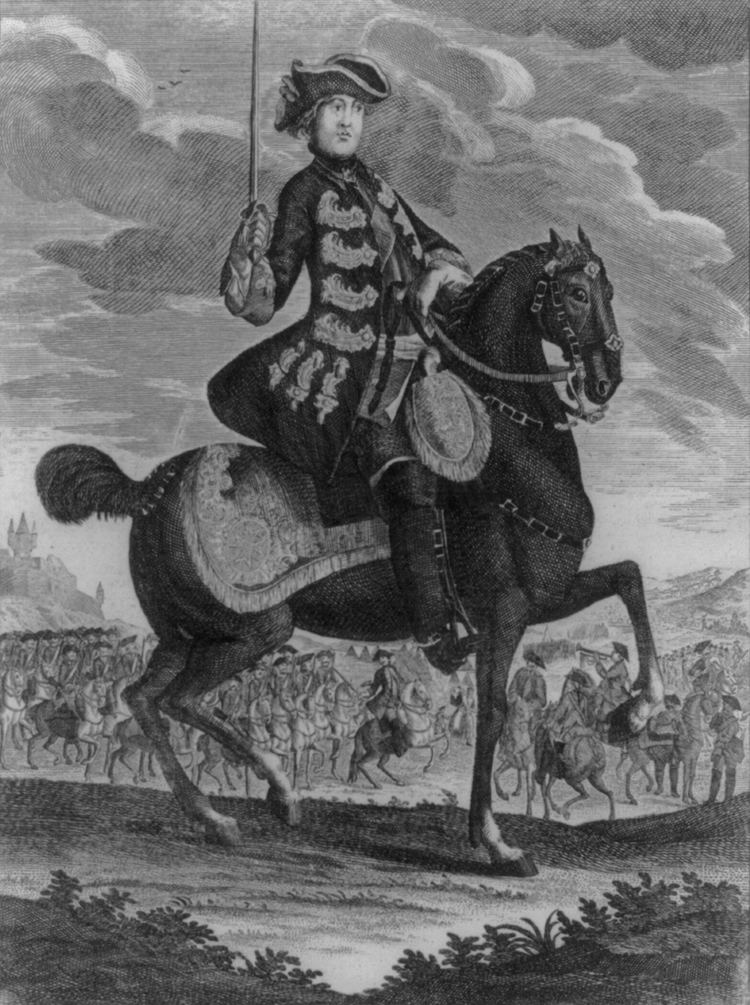
During 1776, forces under his command repulsed a British attempt to capture Charleston, which boosted his standing with the army and Congress. Later that year, he was captured by British cavalry under Banastre Tarleton; he was held by the British as a prisoner until exchanged in 1778. During the decisive Battle of Monmouth later that year, Lee led an assault on the British that miscarried. He was subsequently court-martialed and his military service brought to an end. He died in Philadelphia in 1782.
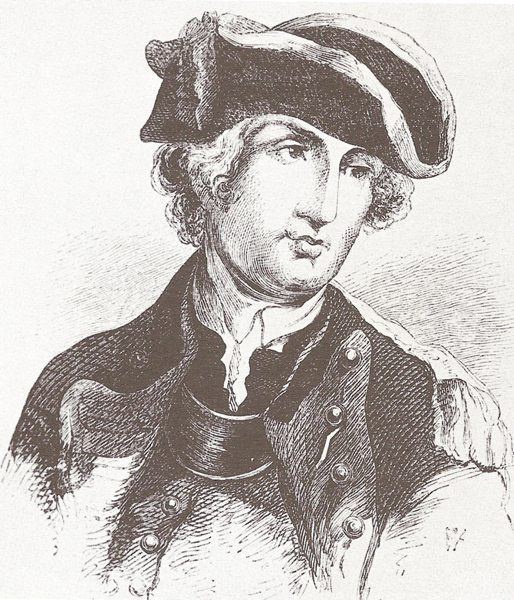
Renegade revolutionary the life of general charles lee
Early life
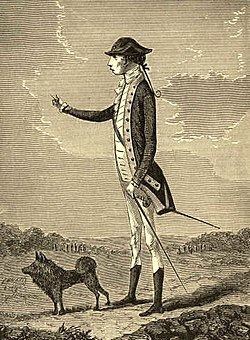
Lee was born on February 6 1732 [O.S. January 26, 1731] in Darnhall, Cheshire, England, the son of Major General John Lee and his wife Isabella Bunbury (daughter of Sir Henry Bunbury, 3rd Baronet). He was sent to King Edward VI School, Bury St Edmunds, a free grammar school, and later to Switzerland, where he became proficient in several languages, including Latin, Greek, and French. His father was colonel of the 55th Foot (later renumbered the 44th) when he purchased a commission on April 9, 1747 for Charles as an ensign in the same regiment.
North America
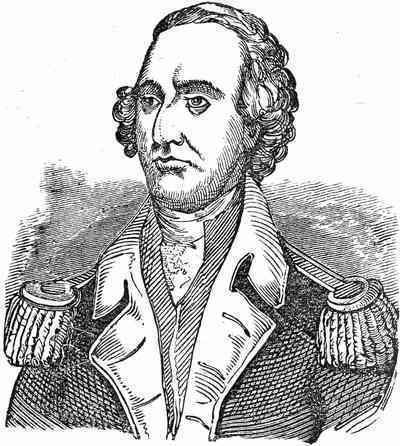
After completing his schooling, Lee reported for duty with his regiment in Ireland. Shortly after his father's death, on -May 2, 1751 he received (or purchased) a Lieutenant's commission in the 44th. He was sent with the regiment to North America in 1754 for service in the French and Indian War under Major General Edward Braddock, in what was a front for the Seven Years War between Britain and France. He was with Braddock at his defeat at the Battle of the Monongahela in 1755. During this time in America, Lee married the daughter of a Mohawk Indian chief. His wife (name unknown) gave birth to twins. Lee was known to the Mohawk, who were allies of the English, as Ounewaterika or "Boiling Water".
On June 11, 1756 Lee purchased a Captain's commission in the 44th for the sum of £900. The following year he took part in an expedition against the French fortress of Louisbourg, and on July 1, 1758 he was wounded in a failed assault on Fort Ticonderoga. He was sent to Long Island to recuperate. A surgeon whom he had earlier rebuked and thrashed attacked him. After recovering, Lee took part in the capture of Fort Niagara in 1759 and Montreal in 1760. This brought the war in the North American theater to an end by completing the Conquest of Canada.
Portugal
Lee went back to Europe, transferred to the 103rd Foot as a major, and served as a lieutenant colonel in the Portuguese army. He fought against the Spanish invasion of Portugal (1762) and distinguished himself under John Burgoyne at the Battle of Vila Velha.
Poland
He returned to England in 1763 following the Peace of Paris, which ended the Seven Years' War. His regiment was disbanded and he was retired on half pay as a major. In May 1772, although still inactive, he was promoted to lieutenant colonel.
In 1765 Lee fought in Poland, serving as an aide-de-camp under King Stanislaus II. After many adventures he came home to England. Unable to secure promotion in the British Army, in 1769 he returned to Poland and saw action in the Russo-Turkish War. He lost two fingers in a duel in which he killed his opponent.
Returning to England again, he found that he was sympathetic to the American colonists in their quarrel with Britain. He moved to the colonies in 1773 and in 1775 purchased an estate worth £3,000 in Berkeley County, near the home of his friend Horatio Gates. This area is now part of West Virginia. He spent ten months travelling through the colonies and acquainting himself with patriots.
Continental Army
When war appeared inevitable he resigned his Royal commission and volunteered his services to the colonies. He expected to be named Commander-in-Chief of the Continental Army, as he was the most experienced candidate in terms of military service. On the other hand, he was born in Britain, somewhat eccentric, slovenly in appearance, coarse in language, and perhaps most of all, he wanted to be paid: by joining the rebellion, he forfeited all his properties in England, and wanted to be compensated.
George Washington was sober, steady, calm, and best of all, would work without pay. Washington also was a good political choice: a southern commander to pair with a primarily New England fighting force. Washington received the appointment, and Lee was offered the subordinate rank of major general. Because of this, Lee had nothing but the utmost disdain for his superior. He once remarked, "Washington is not fit enough to command a Sergeant's Guard". Lee was often considered second in command of the Continental forces, although Artemas Ward, who was not in good health, officially held this position.
During the encampment at Valley Forge in late 1777 and early 1778, Lee's headquarters was at the David Harvard House.
Southern command
Lee also received various other titles: in 1776, he was named commander of the so-called Canadian Department, although he never got to serve in this capacity. He was appointed as the first commander of the Southern Department. He served in this post for six months, until he was recalled to the main army. During his time in the South, the British sent an expedition under Henry Clinton to recover Charleston, South Carolina. Lee oversaw the fortification of the city. Fort Sullivan was a fortification built out of palmetto logs, later named for commander Col. William Moultrie. Lee ordered the army to evacuate the fort because as he said it would only last thirty minutes and all soldiers would be killed. Governor John Rutledge forbade Moultrie to evacuate and the fort held. The spongy palmetto logs repelled the cannonball from the British ships. The assault on Sullivan's Island was driven off, and Clinton abandoned his attempts to capture the city. Although the credit of the defense was not Lee's, he was called "hero of Charleston".
New York
When Lee arrived in New York to join General Washington and the main part of the Continental Army, Washington chose to show his appreciation by changing the name of Fort Constitution, which was located on the New Jersey side of the Hudson opposite Fort Washington, to Fort Lee. General Lee was a very popular general officer among not only the army, but Congress. Toward the end of 1776, Lee's animosity for Washington began to show. During the retreat from forts Washington and Lee, he dawdled with his army, and intensified a letter campaign to convince various Congress members that he should replace Washington as Commander-in-Chief.
Capture
Although his army was supposed to join that of Washington's in Pennsylvania, Lee set a very slow pace. On the night of December 12, Lee and a dozen of his guard inexplicably stopped for the night at White's Tavern in Basking Ridge, New Jersey, some three miles from his main army. The next morning, a British patrol of two dozen mounted soldiers found Lee writing letters in his dressing gown, and captured him. Among the members of the British patrol was Cornet Banastre Tarleton and William Harcourt, 3rd Earl Harcourt. Lee returned to service a couple of years later after he was exchanged for General Richard Prescott.
Battle of Monmouth
During the Battle of Monmouth in June 1778, Washington needed a secondary commander to lead the frontal assault. He unwillingly chose to put Lee in charge, as he was the most senior of his generals. At first, Lee was so reluctant to take part in the attack that Washington bestowed command onto the Marquis de Lafayette. Upon this, Lee had a change of heart and requested that Lafayette cede command, which he gladly did. Washington ordered him to attack the retreating enemy, but instead, Lee ordered a retreat after only one volley of fire. After seeing this, Lafayette sent a messenger to Washington informing him of this behavior. Lee's troops retreated directly into Washington and his troops, who were advancing, and Washington dressed him down publicly. Lee responded with insubordination, for which he was arrested.
On July 2, 1778, Lee was court-martialled at Brunswick, New Jersey by a jury presided by Lord Stirling on three charges: 1. disobedience of orders in not attacking the enemy; 2. misbehavior before the enemy in making an unnecessary, disorderly, and shameful retreat; 3. disrespect to the commander-in-chief. Lee was found guilty, and he was relieved of command for a period of one year. (In his Narrative, Joseph Plumb Martin recounted that Washington rode up during the retreat and asked Martin's officers "by whose order the troops [were] retreating". He was told that it was "by Gen. Lee's", and he said something that Martin wasn't close enough to hear. Martin was told later by those who had been close enough that Washington had said "damn him!" as he rode off, which Martin found unusual but plausible since Washington had been "in a great passion" because of the retreat.)
It is not clear that Lee had made a bad strategic decision; he believed himself outnumbered (which he was; British commander Sir Henry Clinton had 10,000 troops to Lee's 5,440) and that a retreat was reasonable. But he disobeyed orders, and he publicly expressed disrespect to his commander in chief. Washington had wanted to test the abilities of Lee's troops, since they were among the first to be trained in European tactics by Baron von Steuben.
Some historians have suggested that Lee may have retreated at the Battle of Monmouth as part of a plan to aid the British. While Lee was being held prisoner by British General Sir William Howe, 5th Viscount Howe in March 1777, he drafted a plan for British military operations against the Americans. At the time, Lee was under a threat of being tried as a deserter from the British Army because he hadn't resigned his British commission as lieutenant-colonel until several days after he accepted an American commission. The plan in Lee's handwriting was found in the Howe family archives in 1857.
Later life
Lee tried to get Congress to overturn the court-martial's verdict. When this failed, he made open attacks on Washington's character. Lee's popularity then plummeted. Colonel John Laurens, an aide to Washington, challenged him to a duel, in which Lee was wounded in his side. Lee was released from his duty on January 10, 1780.
He retired to his estate in the Shenandoah Valley, where he bred horses and dogs. While visiting Philadelphia, he was stricken with fever and died in a tavern on October 2, 1782. He was buried there in the churchyard of Christ Church. Lee left his property to his sister, Sidney Lee, who died unmarried in 1788.
Legacy
Fort Lee, New Jersey, on the west side of the Hudson River (across the water from Fort Washington, New York), was named for him during his life. Lee, Massachusetts, Lee, New Hampshire, and Leetown, West Virginia, were also named for him.
